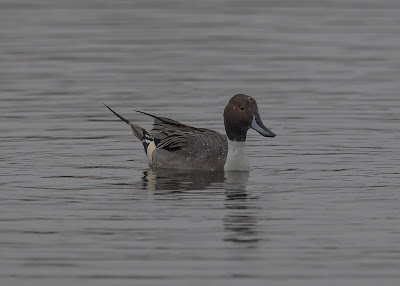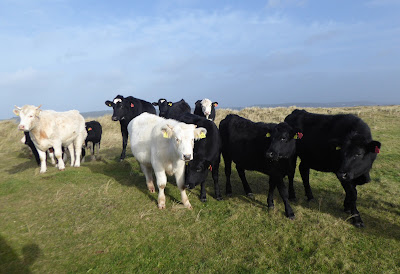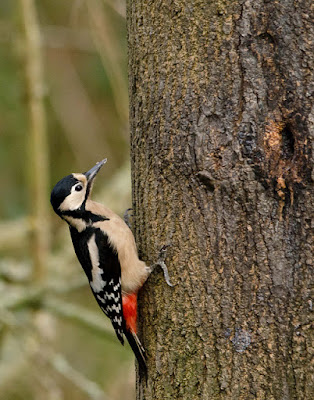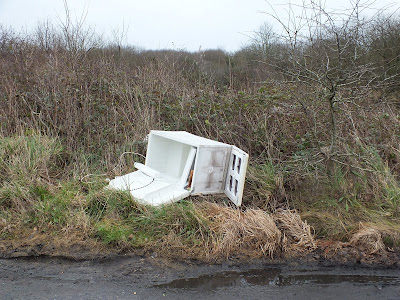A Site of
Special Scientific Interest (SSSI) in Great Britain is a conservation designation denoting a protected area in the United Kingdom. SSSI's are the basic building block of
site-based nature conservation legislation and most other legal
nature/geological conservation designations in the United Kingdom are based
upon them, including national nature reserves, Ramsar sites, Special Protection Areas, and Special Areas of Conservation. The acronym "SSSI" is often pronounced "triple-S I"
Local nature reserve (LNR)
is a designation for nature reserves in
Great Britain. The designation has its origin in the recommendations of the
Wild Life Conservation Special Committee which established the framework
for nature conservation in the United Kingdom and suggested a national suite of
protected areas comprising national nature reserves,
conservation areas (which
incorporated suggestions for Sites of Special Scientific Interest),
national parks, geological monuments, local nature reserves and local
educational nature reserves. LNR's are designated by the local authority
who must have a vested interest in the site chosen, either by owning the site
or having entered into a partnership with the landowner,
A Special Area of Conservation (SAC)
is defined in the European Union's Habitats
Directive (92/43/EEC), also known as the Directive on
the Conservation of Natural Habitats and of Wild Fauna and Flora.
They are to protect the 220 habitats and approximately 1000 species listed in
annex I and II of the directive which are considered to be of European interest
following criteria given in the directive. They must be chosen from the Sites of Community Importance
by the State Members and designated SAC by an act assuring the conservation
measures of the natural habitat.
A Special Protection Area (SPA)
is a designation under the European Union Directive on the Conservation of Wild
Birds. Under the Directive, Member States of the European Union (EU) have a duty
to safeguard the habitats of migratory birds
and certain particularly threatened birds. Together with Special Areas of Conservation
(SACs), the SPAs form a network of protected sites across the EU, called Natura 2000. Each SPA has an
EU code – such as our own Burry Inlet SPA which is code UK9015011
So there you have it, all pretty straight forward!, well of course it isn't and a lot depends on partnership working, engaging and managing expectations, there is very little money for "on the ground" conservation these days which is why management has to be prioritised accordingly, not only to ensure the best use of resources but also to protect the natural and cultural assets without creating more liability to be managed.
Carmarthenshire has a number of strongly supported, organisations such as the Carmarthenshire Nature Partnership and Carmarthen Meadows Group, who work to share best practises, plus the LNR and Biodiversity team's, who are professional conservationists and land managers with the best interests of the counties natural places at heart.



















